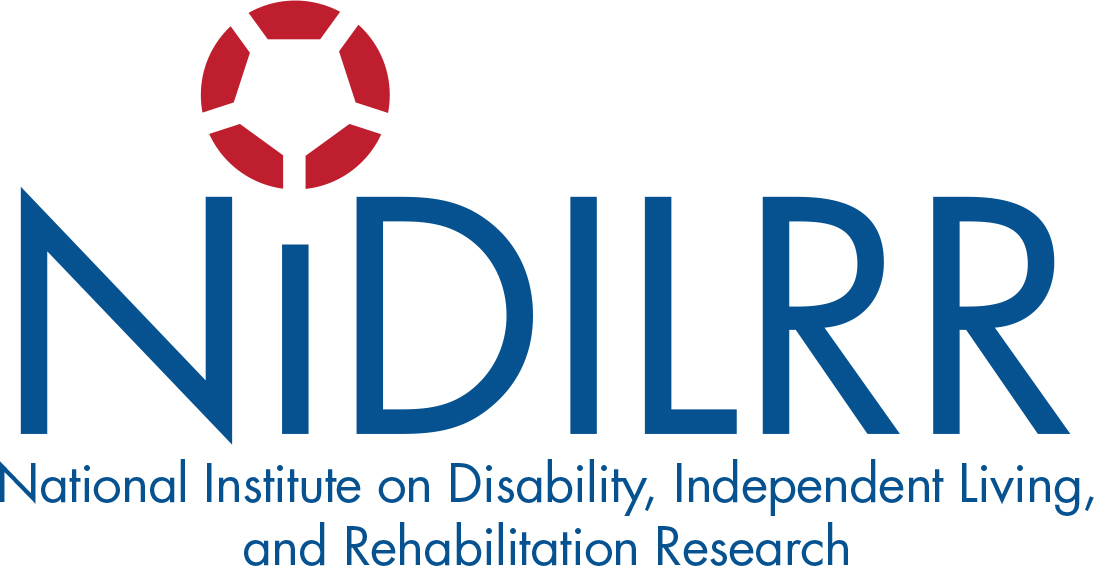- Pulmonary infections (primarily Pneumonia) → may be fulminant therefore keep a low threshold for extensive evaluation
- Pulmonary embolus → among the highest risk groups for developing deep venous thrombosis
- Sleep Apnea → predominantly of the obstructive or mixed types (more common in high level injury), suspect with excessive snoring, daytime somnolence, HTN refractory to treatment, nocturnal bradycardia
- Retained secretions/atelectasis → secondary to impaired cough, reduced chest wall compliance, bronchial mucus hypersecretion, poor compensation for worsened gas exchange and hypercapnia
- Respiratory failure → Late ventilatory failure may result from other complications including recurrent pneumonia, post-traumatic syringomyelia, restrictive pulmonary disease secondary to progressive kyphoscoliosis, cervical Spondylolisthesis and stenosis with progressive myelopathy, and obesity
Treatment recommendations primarily focus on prevention.
- Vaccinate all against pneumonia and influenza when appropriate
- Minimize sedative and narcotic medication and reduce obesity
- Encouragement of deep breathing: Frequent changes of position, Incentive Spirometry, Postural drainage of secretions, Nasotracheal suctioning, Manually Assisted Coughing (video example) using forceful upper abdominal thrusts in a posterior and cephalad direction (quad cough), expeditious use of bronchodilators/IPV/nubulizers.
- Intermittent glossopharyngeal breathing in high cervical level patients utilizes oral, pharyngeal, and laryngeal muscles to enhance ventilation by projecting boluses of air past the glottis should a vent fail (video example)
